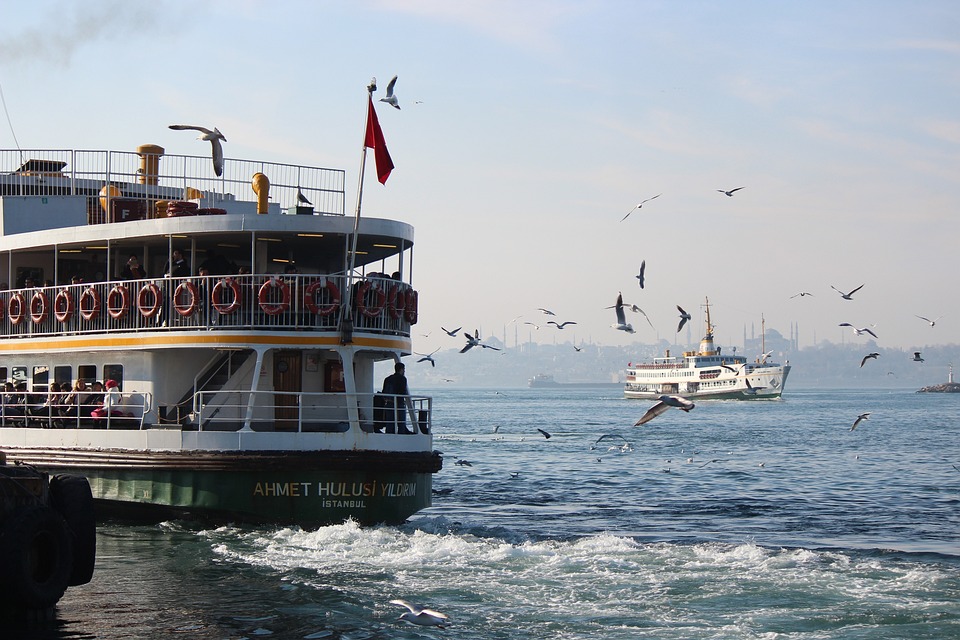
Preface: When Foreign Trade Meets "Advance Ruling"
I remember when I first entered the industry, a senior colleague once said, "Foreign trade customs clearance is like walking a tightrope—balancing efficiency on one side and compliance on the other." Twenty years later, the customs advance ruling system is like adding a safety net to that tightrope. But many companies are still hesitating: Is this a "reassuring guarantee" for customs clearance, or a "sweet trap" hiding compliance risks?
Pre-determination: More Than Just a "Little Note" from Customs
Many companies simplistically equate advance rulings with "asking Customs in advance," which is like using a smartphone as a pager. In reality, advance rulings represent a partnership between Customs and businesses.a formal legal document between customs and enterprisesValid for three years. One case I handled: A machinery importer adjusted the HS code from Chapter 84 to Chapter 85 through advance ruling, resulting in a direct 5% tariff reduction, saving 2 million RMB in duties for a single shipment.
- Legal effect: Not advisory opinions but binding decisions
- Time window: Best practice is to apply 3 months in advance
- scope of application: All import/export activities under identical circumstances
The "Golden Rule" for Applying for Advance Rulings
Last year when assisting a chemical company with advance ruling application, they prepared 3cm-thick technical documentation. Customs returned it requesting supplementary key parameters. This reminds us:
- More documentation isnt necessarily better: Must accurately provide key parameters affecting classification
- Earlier application isnt necessarily betterApply for product finalization after the design is finalized to avoid technical changes
- Descriptions are not necessarily better when more professionalUse language that customs officers can understand
Special reminder: When submitting through the QP system, always check whether the attachments have been successfully uploaded. I have encountered cases where materials were lost due to system bugs.
The "double-edged sword" effect of pre-ruling
The story of a certain medical device importer is thought-provoking: They cleared customs with a pre-ruling for three years, only to be suddenly notified that the decision was revoked because the product drawings provided initially were incomplete. This reveals another aspect of pre-rulings:
- Safety valveLock in compliance risks in advance
- Tight hoop spell (a restraining mechanism)The decision must be strictly implemented once made
- Retrospective adjustmentFalse material declarations may lead to retrospective investigation of previous transactions
It is recommended that companies conduct an internal compliance review before applying, similar to the "Four-Step Verification Method" often used by our team: the technical department verifies parameters, legal confirms descriptions, finance evaluates impacts, and customs checks materials.
Advanced Strategies for Pre-determination
When working at Fortune 500 companies, we took advance rulings to new heights:
- Supply chain design: Comparing tax differences between product configurations using advance rulings
- Trade negotiations: Using advance ruling results as basis for contract price adjustments
- management of risk: Establishing an advance rulings archive to handle customs audits
Recent client case: Through parallel applications for advance rulings on different assembly states, we ultimately selected a CKD (Complete Knock Down) import solution with domestic assembly, achieving 18% total cost savings.
When Pre-determination Meets AEO Certification
Many companies ask: Is advance ruling still necessary with AEO certification? My experience: Its like having a VIP card but still needing to check the menu. One AEO-certified company overconfidently skipped advance rulings, resulting in a shipment detained at port for two weeks due to classification disputes.
The recommendation:
- AEO enterprises may apply for "fast track" advance rulings.
- Incorporate advance rulings into internal control systems for periodic review
- Establish a linkage mechanism between advance rulings and AEO certification
Warning of "Minefield" in Pre-ruling
Typical errors encountered over the years:
- Applying for goods with English product names using Chinese
- Using internal corporate standards instead of international standards for technical parameters
- Rushing to apply while products are still in R&D phase
- Duplicate applications for the same product by different departments
Special Reminder: Advance rulings are not a "get-out-of-jail-free card," and customs reserves the right to conduct post-audits. One auto parts importer was penalized due to discrepancies between the actual imported products and the description in the advance ruling.
Conclusion: The Wise Path of Pre-determination
Pre-rulings are like "joseki" in Go—they should neither be neglected nor overused. My advice is: rely on experience for simple goods, and on pre-rulings for complex goods; use experience for small trial orders, and pre-rulings for large-scale procurement. Remember, the best customs clearance strategy is always:Compliance is the bottom line, efficiency is the goal, and advance rulings are the tool..
Next time when you face uncertain commodity classification, consider: Is this advance ruling application a cost or an investment? A burden or an opportunity? The answer may lie within that customs decision document.


 Follow Customer Service WeChat
Follow Customer Service WeChat